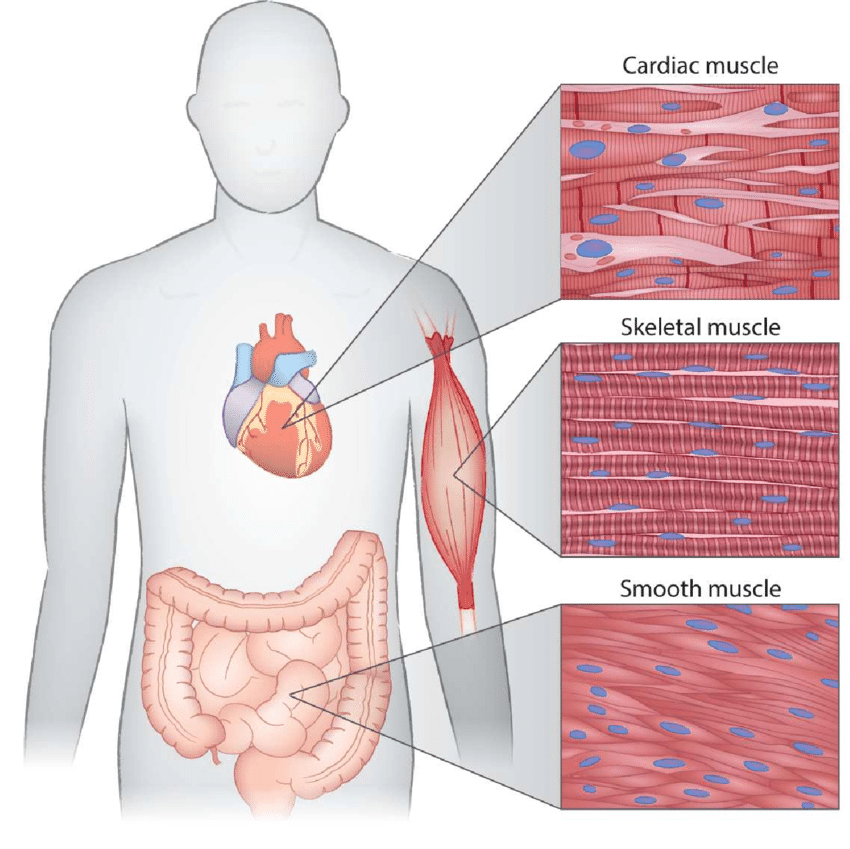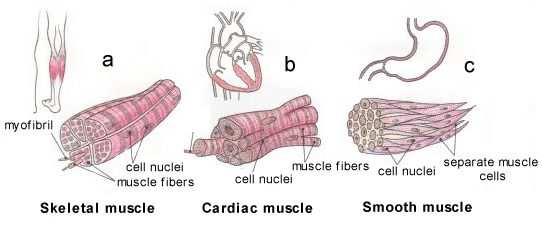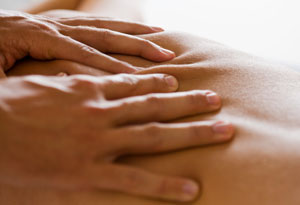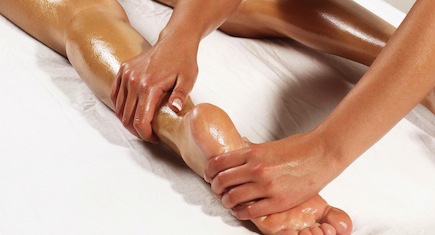LETS LEARN ABOUT MUSCLES & MASSAGE THERAPY
By Senior Gold Coast Remedial & Sports Massage Therapist, Tim Harman
What is muscle?
 Skeletal muscle makes up between 30-40% of our total mass. Without muscle we can’t stand erect & hold our skeleton up against gravity, and without muscle, our limbs & body will not move.
Skeletal muscle makes up between 30-40% of our total mass. Without muscle we can’t stand erect & hold our skeleton up against gravity, and without muscle, our limbs & body will not move.
A ‘skeletal muscle’ is one which facilitates movement & are known as ‘phasic’ muscle (turns on then off via the brain’s direction). Muscles can create prime movement by spanning across 2 bones (a joint) so that when they contract the bones move in the direction they’re designed to.
In our body, we also have skeletal muscles that are more ‘postural’ type muscles – these are designed more for endurance to hold us up, and are less phasic than the primer mover muscles that create big limb movements.
 If you look at a length of rope closely you see that it’s made up of many smaller threads weaved into each other. A muscle is a lot like this in that one skeletal muscle is made up of hundreds (sometimes thousands) of single muscle fibres bound together. A contraction happens when these fibres slide into each other causing the muscle structure to shorten. The fibres then relax into their original state. This is what creates movement.
If you look at a length of rope closely you see that it’s made up of many smaller threads weaved into each other. A muscle is a lot like this in that one skeletal muscle is made up of hundreds (sometimes thousands) of single muscle fibres bound together. A contraction happens when these fibres slide into each other causing the muscle structure to shorten. The fibres then relax into their original state. This is what creates movement.
To work optimally, each muscle fibre needs its own blood (which carries oxygen and water) and nerve supply, as well as certain nutrients & proteins.
At Gold Coast Physio & Sports Health, we want the quality of your muscle tissue to stay as supple, balanced and nourished as possible so you can do the activities, exercise & sport that you want to, and so you can do this for as long as possible.
Let’s learn a bit about Muscle & Massage Therapy:
Why do Skeletal Muscles get ‘tight’ or sore?
Muscles get sore for many reasons! but for the sake of simplicity we can usually put it down to:
• Underuse & weakness
• Overuse
• Poor posture that puts a demand on a muscle that it is not supposed to do.
Firstly, the absolute truth is we really don’t know precisely what causes muscle soreness & pain. It is likely to be a number of factors, and there are a number of theories that are hard to prove. One current belief is that soreness is more a result of repair processes (or lack thereof) rather than toxic substances build up, such as lactic acid.
What does a Massage ACTUALLY do & how does it help me?
 Remedial or Deep Tissue massage aims to accurately locate which muscles may be contributing to symptoms (including pain, stiffness, restricted/altered movement, posture posture & more), and using many choices of techniques, Massage aims to manually soften the tissue, flush out waste products, restore fresh blood flow, de-sensitise the tissue & reduce symptoms.
Remedial or Deep Tissue massage aims to accurately locate which muscles may be contributing to symptoms (including pain, stiffness, restricted/altered movement, posture posture & more), and using many choices of techniques, Massage aims to manually soften the tissue, flush out waste products, restore fresh blood flow, de-sensitise the tissue & reduce symptoms.
Studies show that massage therapy is more effective when it includes stretch and mobilising techniques.
We all agree that a good massage helps us feel ‘better’, ‘freer’ or ‘looser’ , and often it allows us to have better posture & find (or activate) muscles better. But how? Again, there are many theories, including:
- a stimulation of chemical messengers from the skin which relax us (including the Oxytocin- Oxytocin is a peptide hormone normally produced in the hypothalamus and released by the posterior pituitary within us)
- a stimulation of the bodies’ natural repair processes to work faster
- removal of waste products (from metabolic processes) into the lymphatic system and out of the body.
- increased movement of blood flow and bringing fresh blood (and with it Oxygen and nutrients) to the site.
How Often Should I Have a Massage?
 How long is a piece of string??? This completely depends on your symptoms, the activity, exercise or sport you do, your genetic muscle tissue make-up & hormones (including your muscle’s ability to repair normally after damage), your natural posture, muscle tension & movement patterns, your stress levels & ability to cope with stress, and your access to experienced therapists that can actually help you!
How long is a piece of string??? This completely depends on your symptoms, the activity, exercise or sport you do, your genetic muscle tissue make-up & hormones (including your muscle’s ability to repair normally after damage), your natural posture, muscle tension & movement patterns, your stress levels & ability to cope with stress, and your access to experienced therapists that can actually help you!
We recommend trying a Massage and seeing how long the benefits last initially- that will give you a basic guide. Noting that as your exercise, sport & stress levels increase – or if you have a manual job (or any other activity that needs you to use repeated muscle contractions or increasing your stress hormone production) – then you are creating more regular damage within the muscle, and you are then more likely to benefit from a more regular massage.
As a rule, we suggest having a massage at least monthly so your Therapist can help you detect body patterns, symptom patterns, & help you learn what makes you feel better.
Visit Our Team Page to find out more about the Experience of our Massage (Soft Tissue or Remedial) Therapists and workout who will best suit your Massage needs.
